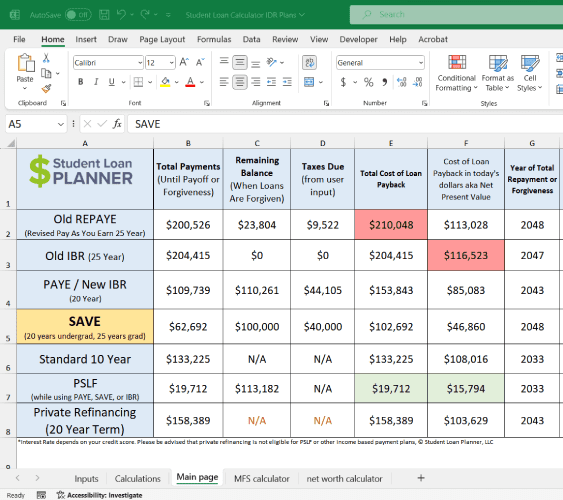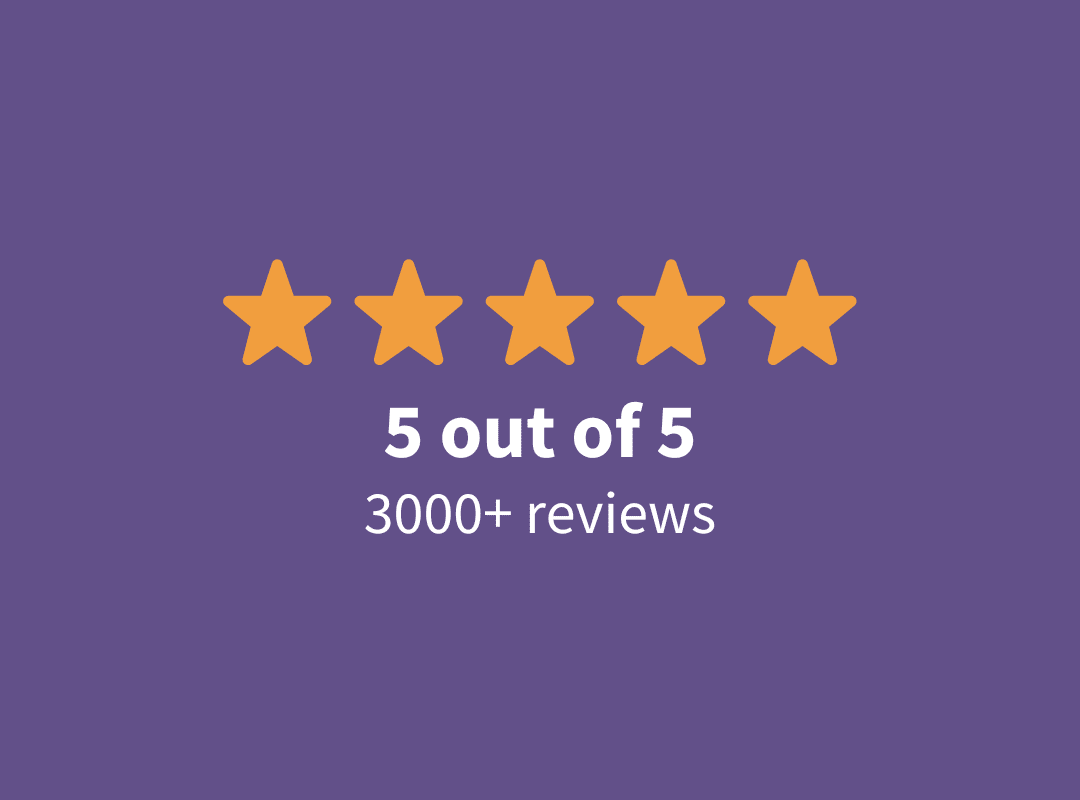Federal student loan borrowers have a silver lining amidst the burden of their debt: student loan forgiveness. You might wonder, “Are student loans forgiven after 20 years?” The answer? It depends. There are some student loan forgiveness options available after 20 years, whereas others can take a longer or shorter amount of time.
That said, the IDR Waiver has drastically increased the odds that your student loans could be forgiven after 20 years. Read on to learn more about student loan forgiveness after 20 years, as well as other options like the just announced SAVE Plan.
Are student loans actually forgiven after 20 years?
Student loans may be forgiven after 20 years if you meet a few requirements. To get loan cancellation after this time period, you must have federal loans from the U.S. Department of Education. For 20-year student loan forgiveness, you’ll want to opt for an income-driven repayment plan (IDR). Note that loan type and lender matter. If you have private student loans, as well as refinancing loans, you are ineligible for forgiveness. If interested, don't apply for a refinance loan either.
Get Started With Our New IDR Calculator

What are the 20-year student loan forgiveness options?
The federal government offers debt forgiveness under IDR payment plans. The following income-driven repayment plans offer student loan forgiveness after 20 years:
- Revised Pay As You Earn (REPAYE) / Saving on a Valuable Education (SAVE) Plan: If loans are from obtaining an undergraduate degree, not graduate school. (Note: the Biden Administration proposed in June 2023 to rename the new REPAYE plan as the SAVE plan. It forgives undergraduate loans after 20 years of payments).
- Pay As You Earn (PAYE) Plan — if you were a new borrower on or after October 1, 2007, with a disbursement of a Direct Loan on October 1, 2011, or later.
- Income-Based Repayment Plan (IBR)— if you’re a recent borrower (after July 1, 2014).
Under an IDR plan, your monthly student loan payments are capped at a small percentage of your discretionary income, typically 10%. That way, your monthly payment is affordable and generally lower than the 10-year Standard Repayment plan.
These IDR student loan repayment plans have a longer loan repayment term; in fact, the length is double that of the Public Service Loan Forgiveness Program (PSLF). You must recertify each year to stay on track, which includes confirming income and family size. To do so, fill out the Income-Driven Repayment Plan Request Form.
These plans don’t have any career requirements, so you can work in any job to take advantage of this loan repayment assistance.
Nearly all federal student loan borrowers are eligible for one of these options. After making qualifying payments for 20 years, you could get student loan forgiveness. That means whatever remaining balance you have can be wiped out.
Just to make a note, there is one other income-driven repayment plan offering, which is Income-Contingent Repayment (ICR), but that has a repayment term of 25 years, not 20 years.
Additionally, Parent PLUS loans are typically excluded from student loan forgiveness options. However, if Parent PLUS loan borrowers consolidate with a Direct Consolidation Loan, they may be eligible for student loan forgiveness (only under the ICR Plan).
If you consolidate twice, you may be able to access 20 year forgiveness through Parent PLUS because of the double consolidation loophole. That loophole will be phased out by July 2025.
Also, be aware of potential income tax consequences through IDR forgiveness. Currently, President Biden has made this type of forgiveness tax-free until 2025.
What are the options and requirements for 10-year forgiveness through PSLF?
If you don't want to wait 20 years for student loan forgiveness and want the shortest route to getting your loans gone, you’ll want 10-year student loan forgiveness.
The only option for this is through the Public Service Loan Forgiveness (PSLF) program, which is available to nonprofit employees and certain government workers. To be eligible for this 10-year student loan forgiveness program, you must be on an IDR plan and make regular monthly payments.
After making 120 monthly payments, you can apply for student loan forgiveness. Under PSLF, the remaining loan balance is forgiven and isn’t considered taxable income by Uncle Sam.
10- vs 20-year student loan forgiveness
If you have federal loans and want student loan forgiveness, you want to evaluate your options.
Under the 10-year student loan forgiveness option, PSLF, you must be on an IDR plan. You’re also on an IDR plan with the 20-year student loan forgiveness option. Both keep your monthly payment amount at a minimum, but one requires full-time work with a qualifying employer.
If you decide not to do 10-year student loan forgiveness because you don't want to work in public service or you want to change careers, all is not lost. If you’re ineligible for PSLF in the long run, you still have options for debt relief.
You can stay on the IDR repayment program and get student loan forgiveness after 20 years. It means more years of payments can help forgive some education loans.
You can also get 10 year forgiveness on the new SAVE plan even if you're not in public service as long as your debt is below $12,000.
Is PSLF or 20-year IDR Forgiveness the better path?
From a time perspective, 10-year student loan forgiveness is a good option because you’re making payments for a shorter amount of time. That briefer time frame means paying less in interest overall. On top of that, you don’t have to pay taxes on the forgiven amount, and the payoff happens sooner.
However, there are career requirements that are pretty important to consider. Having strings attached to your job is a considerable commitment. You shouldn’t base your job on student loan forgiveness.
If working in public service with a low income will make you miserable, you’re better off getting student loan forgiveness after 20 years with an IDR plan. Bonus: You’ll likely be able to make more money not working in public service, which can make managing student loan debt easier.
On the other hand, if you plan on working in the public sector anyway, going after PSLF makes sense. Even if you change your mind mid-way, you can pursue long-term forgiveness if you stay on an income-driven plan.
Simply stick to IDR, and if there’s still a balance after 20 years, you can get your loans forgiven. Just be sure to save up for taxes, so you’re not dealing with a huge financial hardship. We recommend using Betterment, which is an investment brokerage, so you can get the best returns on the money you put away for taxes.
Bottom line on Forgiveness After 20 Years of IDR Payments
If you want to discharge loans after 20 years and have your student loan repayment done, you have options. Just make sure you check out the eligibility requirements for income-driven repayment plans to find the right option for you.
Whether you opt for 20-year student loan forgiveness under IDR, 25 year forgiveness, or 10-year forgiveness with PSLF, you have repayment assistance programs to choose from.
Do you need help deciding how you should tackle your student loans? Get in touch with us to create a custom plan just for you.
Not sure what to do with your student loans?
Take our 11 question quiz to get a personalized recommendation for 2024 on whether you should pursue PSLF, Biden’s New IDR plan, or refinancing (including the one lender we think could give you the best rate).

Comments are closed.